Wednesday, April 26th, 2023
Key job sectors in the American space workforce saw five-year growth of 18%, but U.S. colleges saw a five-year decline in engineering students, raising concerns about future workforce needs. Strong Q1 merger and acquisition activity and capital inputs signaled continuing strength across the space industry despite higher interest rates and struggles in the banking sector.
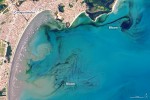
Monday, September 11th, 2017
In early September 2017, ocean scientists noticed something swirling in the waters off the coast of the Brazilian state of São Paulo. The sinuous threads of darkness amid the blue Atlantic Ocean were not caused by oil; they were the result of a phytoplankton bloom. The dark colors are probably high concentrations of dinoflagellates, according
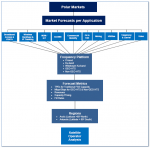
Tuesday, May 30th, 2017
A new report from Northern Sky Research (NSR), Polar Satellite Markets, 2ndEdition, shows more than $1.7 billion in revenue growth generated by the Arctic and Antarctic regions across a range of applications and frequency bands, driven by new bandwidth and capacity opportunities. Maritime demand will drive the growth of this nascent market, resulting in a

Wednesday, May 24th, 2017
Methane leaks and explosions are uncommon, but they can be fatal, as witnessed in the April 2017 Firestone, Colo., explosion that killed two men and seriously injured one woman. In May 2017, the Colorado Oil and Gas Conservation Commission issued a Notice to Operators that requires systematic inspection of their inventory of flowlines—active as well
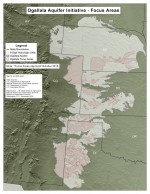
Wednesday, May 17th, 2017
Water conservation is a growing concern globally, and particularly for farmers in the United States, where decades of irrigating huge fields has depleted vital resources of fresh surface water and groundwater. To help alleviate this problem, a European Space Agency (ESA) spin-off that hopes to help preserve water supplies while guaranteeing crop irrigation is now
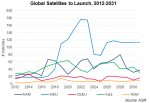
Tuesday, May 9th, 2017
The Satellite Manufacturing and Launch Services, 7th Edition (SMLS7) report from Northern Sky Research forecasts 2,356 satellites are expected to launch during the coming decade, with both GEO and non-GEO satellite operators turning to diverse solutions to remain competitive with space-based and terrestrial players. NSR identified a growing focus on leveraging advanced technologies and new
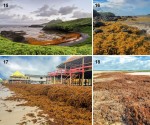
Tuesday, May 2nd, 2017
The Atlantic Ocean’s Sargasso Sea is named for its floating masses of Sargassum algae that are essential to local marine life. However, these drifting “islands” may be shifting to new areas on both sides of the tropical Atlantic Ocean. If they reach land, the massive algal blooms can affect local fisheries and tourism. The authors
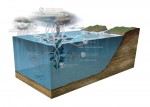
Tuesday, April 18th, 2017
The University of Miami Rosenstiel School of Marine and Atmospheric Science (UM) will deploy 550 SPOT Trace satellite trackers from Globalstar Inc. in its continued research expedition with the Consortium for Advanced Research on Transport of Hydrocarbon in the Environment (CARTHE), which is dedicated to forecasting the fate of oil dispersed into the environment to